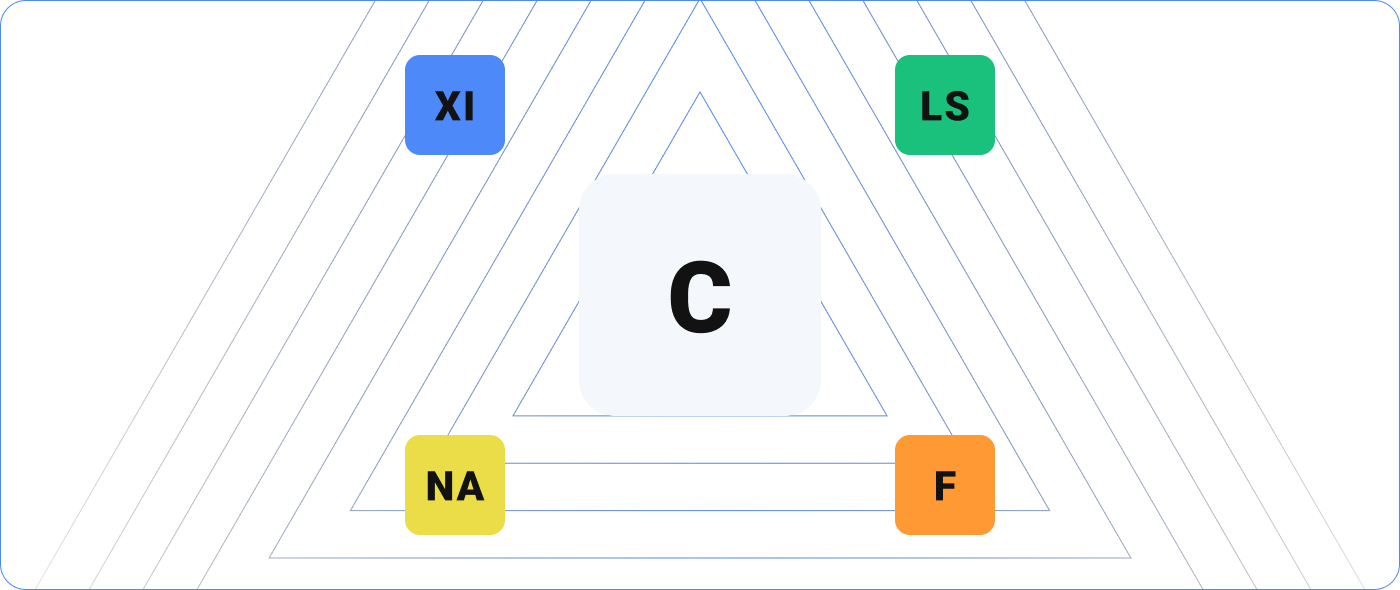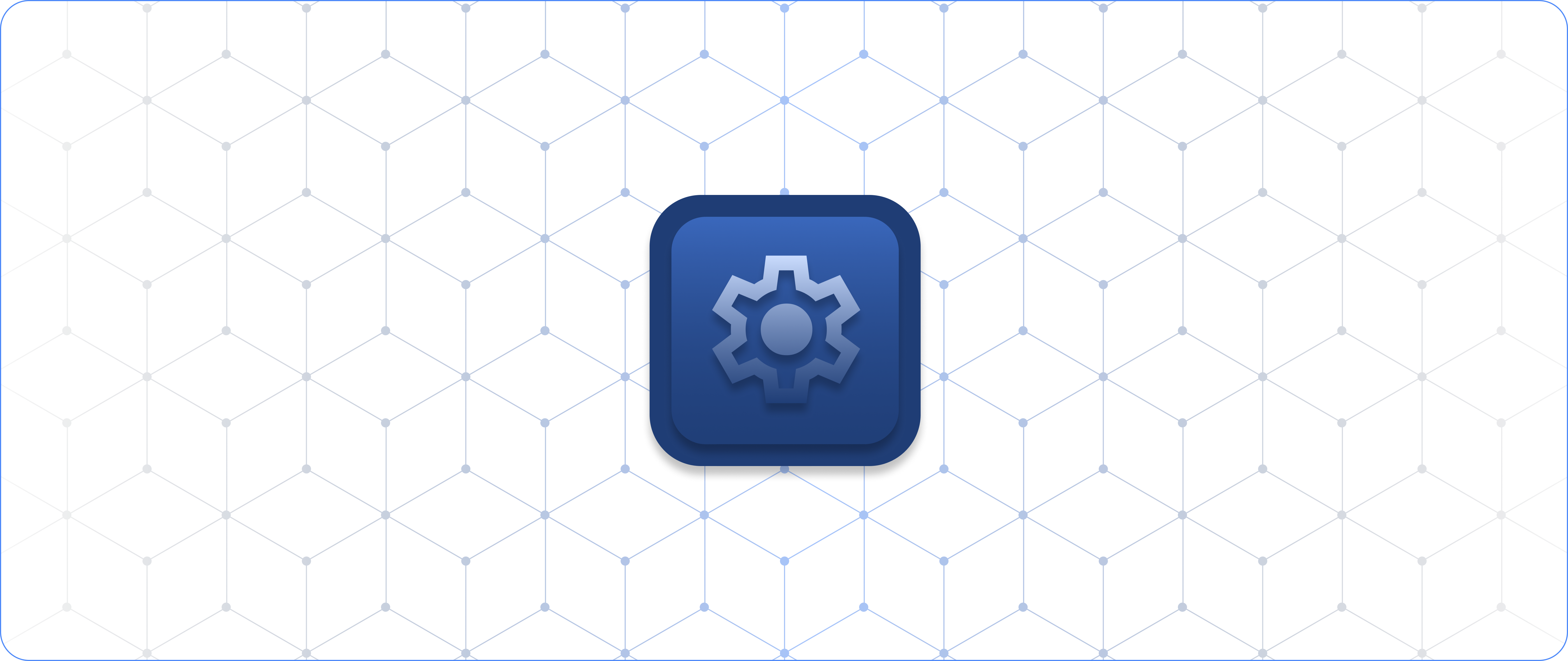We wanted to share an internal story from our corporate headquarters in Saint Paul, Minnesota.
The Problem:
After a specially catered lunch, one of our break room refrigerators was left slightly open due to the abundance of leftovers. This room-temperature discovery was unfortunately not made until the next business day. An e-mail was sent out informing everyone of the loss, and, in the spirit of infrastructure monitoring, we decided this occurrence was an opportunity!
We use various instances of Nagios XI, Log Server, and Network Analyzer internally with the same intentions as our clients: to identify and proactively engage with systems before they become a risk, liability, or challenge. Would a break room refrigerator qualify? We thought so!
The Research:
According to the United States Department of Agriculture, perishable food should not be left out for more than a couple of hours, and with the door opened a few inches overnight, temperatures easily exceeded the maximum safe threshold inside the refrigerator. Knowing this data, we now have an idea of what warning and critical thresholds should be defined for both the refrigerator and freezer.
While investigating various hardware methods to monitor temperatures, we quickly fell in love with the ESP8266 platform. At roughly $4, an ESP8266 chip has enough hardware capacity to monitor several components for each refrigerator and freezer.
Network-connected hardware is only a slice of the story. What about the sensors? We decided early on that a simple door sensor (open/close) would not suffice, as the goal is to ensure food has been kept at safe temperatures around the clock. Compressor failures or other malfunctions may result in an increase in temperatures despite the door being properly closed. For less than $2, the DS18B20 temperature sensor is available with a waterproof housing, and the wiring can be easily modified to travel seamlessly through the refrigerator and freezer door.
The Solution:
With the ESP8266 and DS18B20 sensors in place, the next step was to provision the chip. Using the ESPEasy library, we were able to pull the temperature status in a matter of minutes. The ESPEasy firmware features a JSON output that we were able to read via Nagios XI. In our checks for both the refrigerator and freezer, we set the check periods to one-minute intervals because measuring the compressor cycles is important for diagnosing any issues with a refrigeration system. This level of resolution allows us to detect defrost cycles and notifies us if any food container or lunch bag is restricting internal airflow. If temperatures stay consistently above 45 °F for over ten minutes, a notification is sent to our staff.
The Takeaway:
While this example may appear ancillary to infrastructure monitoring, it sheds light on a popular use case that many industries rely on. By a wide margin, the most popular IoT application is temperature monitoring. Whether that is ambient, surface, spot, or any other value, real-time temperature monitoring is a costly and critical component for industries like logistics, manufacturing, healthcare, and retail. Automating and storing historical temperature data is not only a great quality assurance practice but also helps protect businesses. Nagios XI and Log Server together play an instrumental role in IoT data collection, reporting, and real-time alerting.
Get the most powerful network monitoring solution: Nagios XI. Download it for free.


